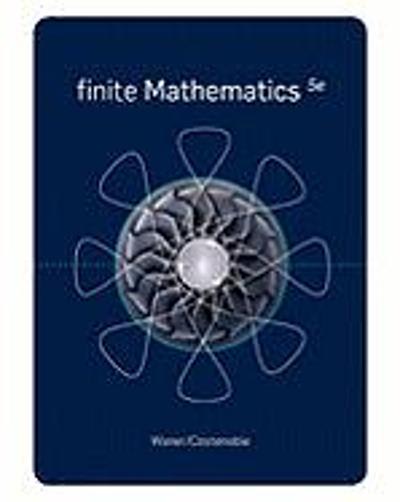Question
2. How can we use the correlation coefficient (r) to determine if there is strong positive correlation? How can we use the correlation coefficient (r)
2. How can we use the correlation coefficient (r) to determine if there is strong positive correlation? How can we use the correlation coefficient (r) to determine if there is strong negative correlation? How can we use the correlation coefficient (r) to determine if there is no correlation?
4. What are the two definitions for the standard deviation of the residual errors ()?
6. What is the definition of the y-intercept of the regression line?
26. If the expected counts from the null hypothesis are significantly different from the observed sample counts, describe the effect on the Chi-Squared test statistic.
Step by Step Solution
There are 3 Steps involved in it
Step: 1

Get Instant Access to Expert-Tailored Solutions
See step-by-step solutions with expert insights and AI powered tools for academic success
Step: 2

Step: 3

Ace Your Homework with AI
Get the answers you need in no time with our AI-driven, step-by-step assistance
Get Started


